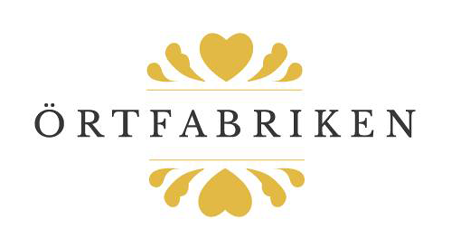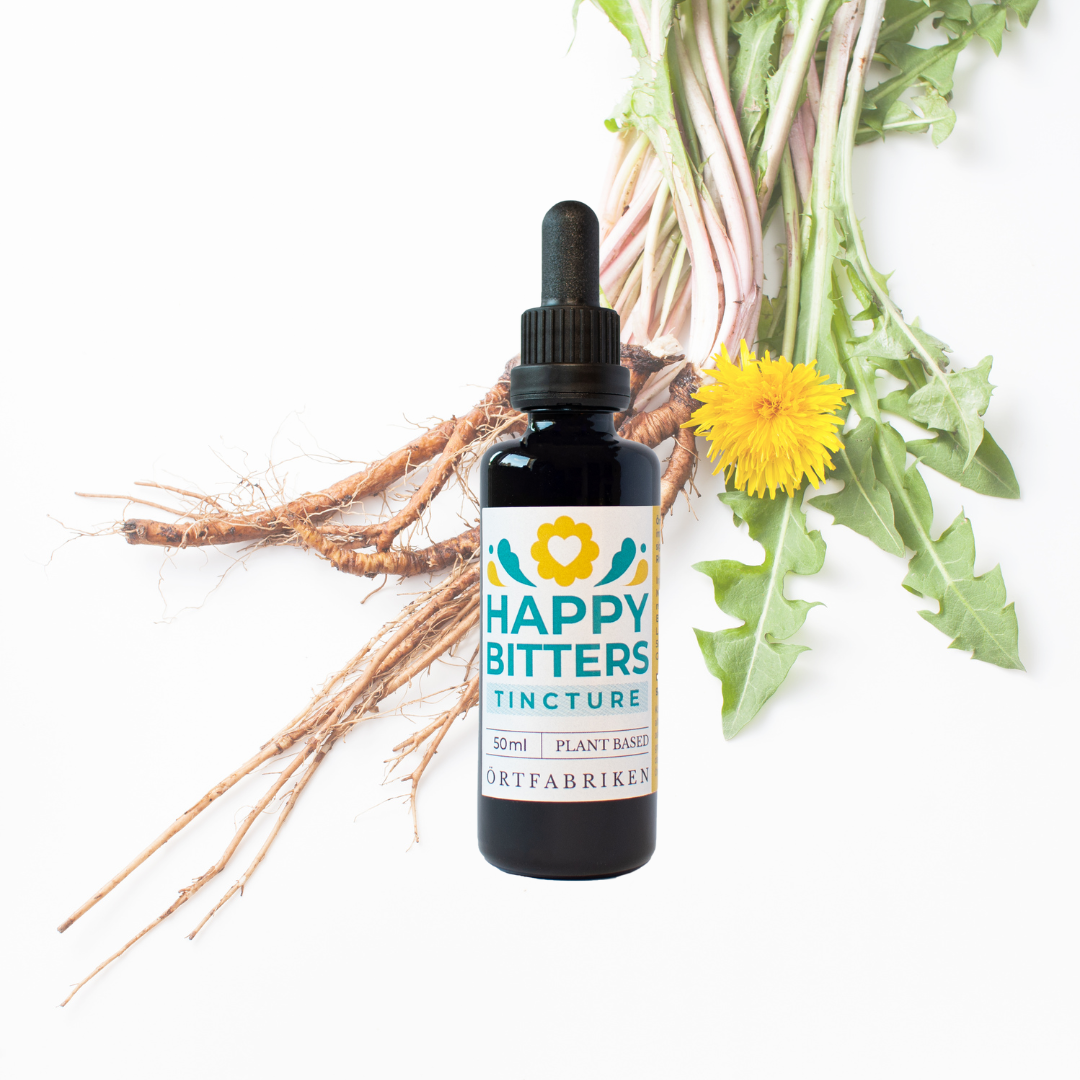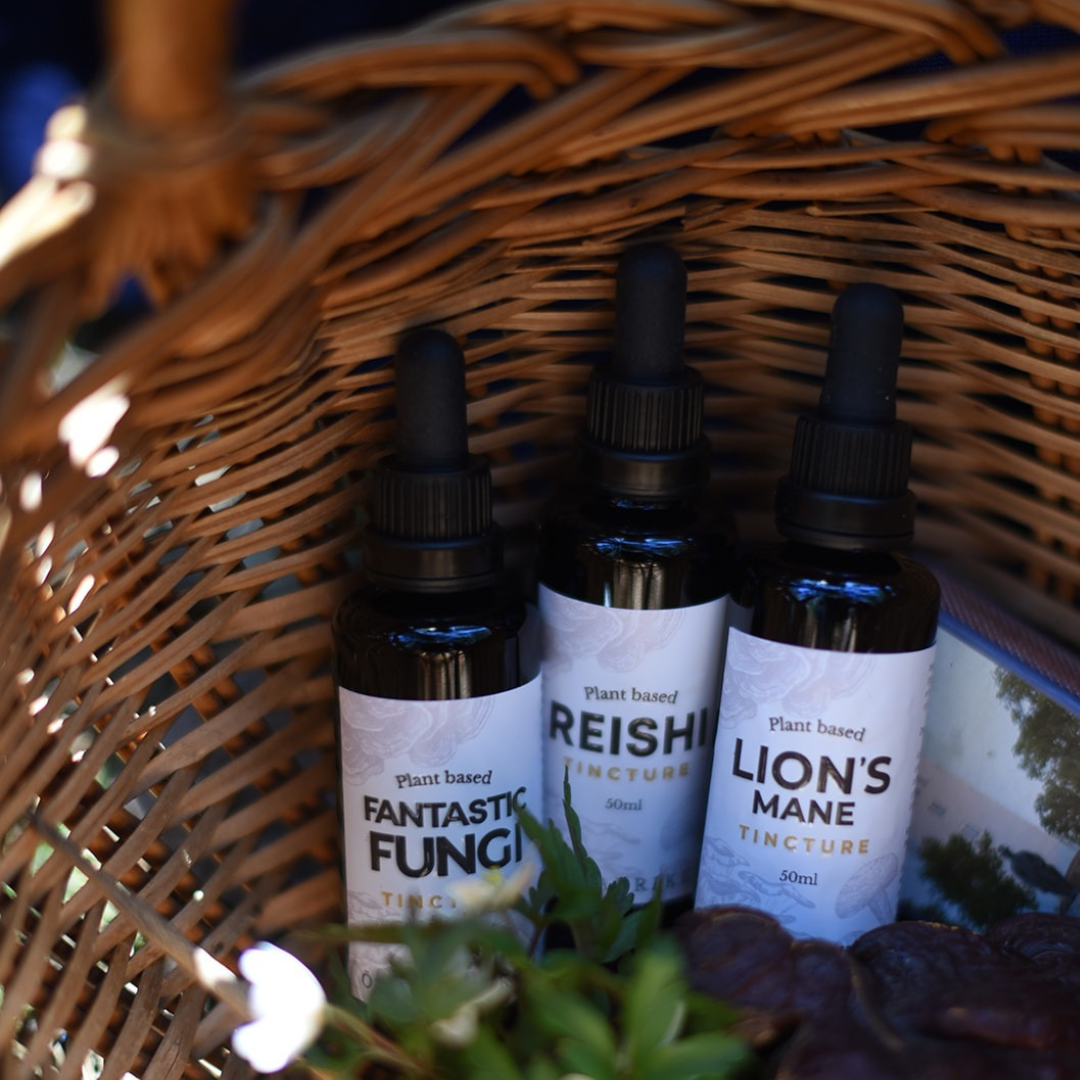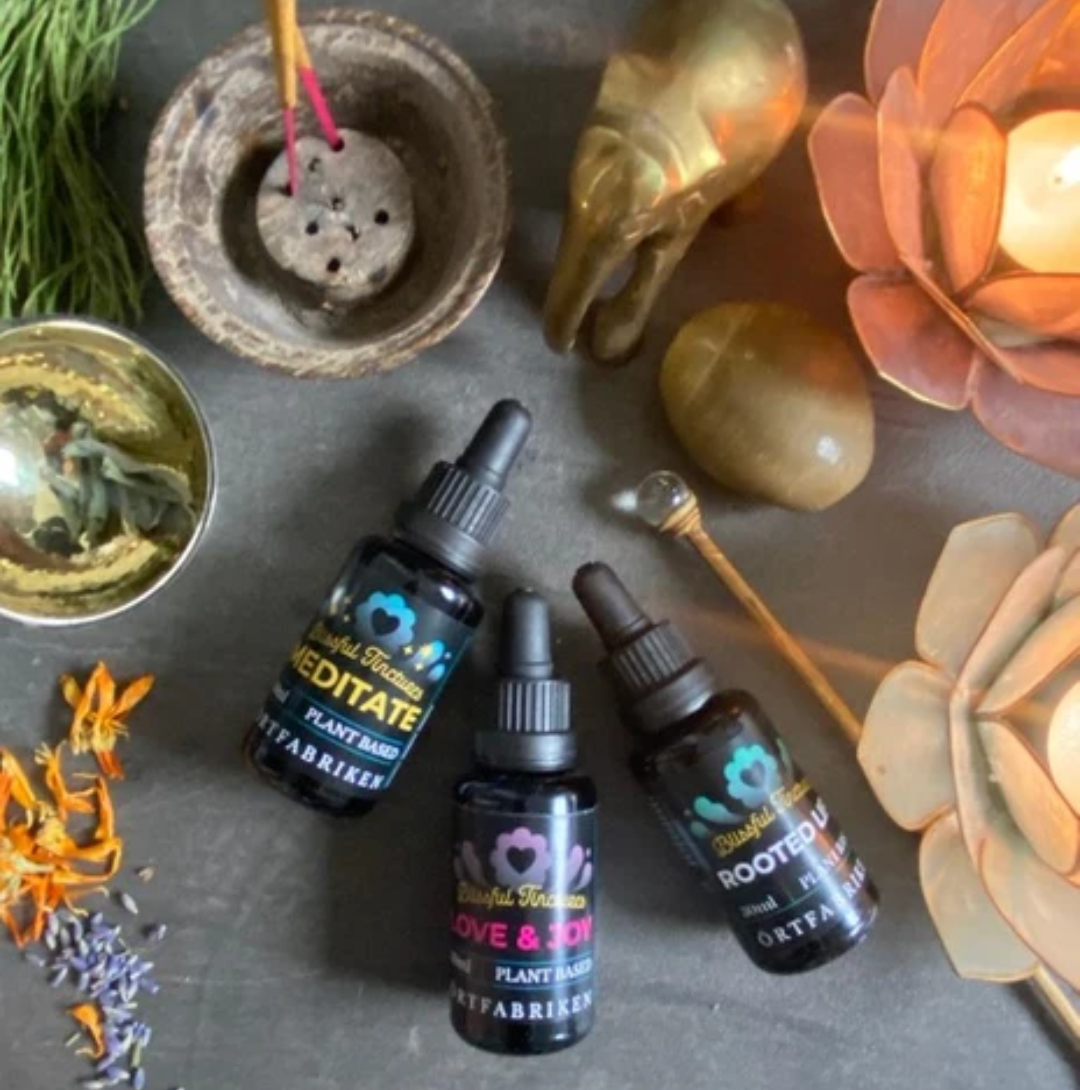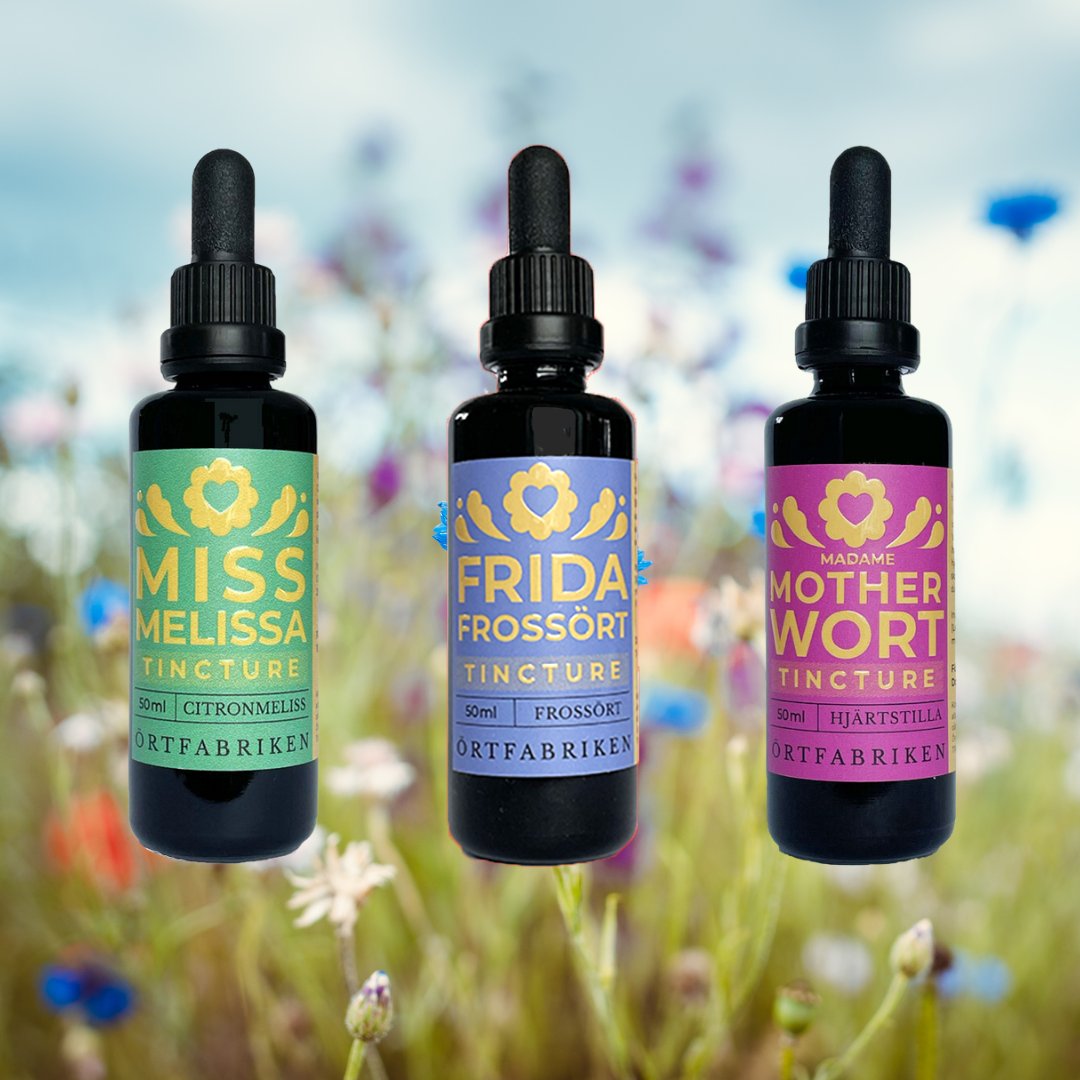Herbs for Grief | Folklore and Symbolism
Dela med en vän ♡
In plant symbolism and in the older folklore about plants we can find support in our own grieving processes. Here it helps to carry with us an alchemical perspective - that the external work is also an internal work. Just as the alchemist in his laboratory works both externally and internally, it is nice that when we work with our wreaths, bouquets and oils for mourning, we also allow the process to be an internal process.
Folklorist DC Watts writes that rosemary is a symbol for remembering the dead. The herb has also been used in England; as a memorial herb at funerals. We can make bouquets of the herb ourselves to carry memories with us. Or for that matter make tincture, oil or tea from rosemary.

As many know, `evergreens' are evergreen trees and shrubs, common in cemeteries. They also symbolize eternity. This perspective of eternity can be beautiful to carry with us during times of grief. For example, we can make an oil from juniper to remind us of eternity. Then we let the juniper lie in the oil of our choice for at least a month, and then strain it. This way we can anoint ourselves with the oil while we think of the one who no longer walks this earth and reflect on the concept of eternity.
What does eternity mean to me?
In some parts of England, it was customary for a young girl, at funerals, to carry a wreath of roses in the funeral procession. The wreath was then hung in the church at the place where the deceased used to sit. We can be inspired by this to create our own wreaths in memory of our loved ones, and weave our memories and our love into the wreath. We can then hang it in a place that is especially
reminds us of the one who is no longer with us in the physical.

I would like to share a personal experience of how an herb helped me with grief. In the collections of the Nordic Museum there is a photograph from the 1940s of an elderly man sitting on the porch of his cottage. At the entrance to the cottage, as a magical protection against what is difficult and “evil”, he has hung a bouquet of wormwood, or possibly wormwood. Here we see how a pre-industrial worldview lived
remained into the 1940s. The man carried with him a tradition that came from his childhood in the 19th century, a time when protective plants were used.

One day several years ago I experienced severe anxiety and worry, rooted in grief. Then my gaze met a gray houseplant. At that moment I remembered the photograph of the cottage
with the protective hogweed and I thought of folklore from the British Isles where hogweed has been attributed with protective properties. Then an image came to my mind of a series of generations of people who had protected themselves with hogweed. I picked a part of the hogweed plant, held it close to me, and felt that I was joining the people who had lived before me on earth. Just like them, I found comfort and protection in hogweed. I became part of a large and ancient human context.

This experience calmed my anxiety and also represents the most intense and vivid encounter I have ever had with the plant kingdom. Since then, the greybonnet has been a significant plant for me and I have the entrance to my cultivation plot flanked by greybonnet plants so that it feels safe and soft to walk in there.
Text: Sara Bonadea George
Images: Sulamith Wülfing and the Nordic Museum archives
Vi tror du gillar dessa blogginlägg
-
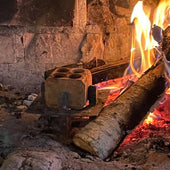
Celebrate the Winter Solstice | Create your own ritual
-

Nervsystemsreglering | Lugna ditt nervsystem med enkla tekniker
-
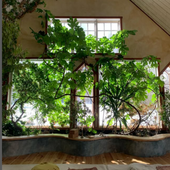
Retreat för andlig utveckling | Sommar 2025 i Sverige
-
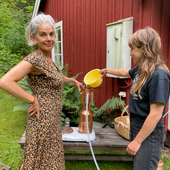
Distillation of essential oil and hydrolate | A magical process
-

Häxprocesserna i Sverige
-

Bicarbonate | Cleaning, body and skin
-
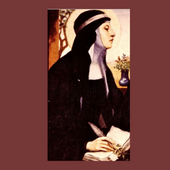
Hildegard of Bingen | Recipe for nerve cakes
-
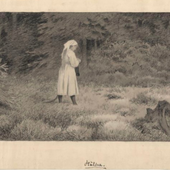
Juniper bush Forest grey tree
-

Herbs to Smoke | Ceremonial Smoking
-
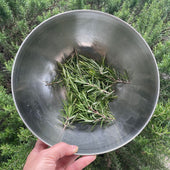
Rosemary oil for hair | Recipe
